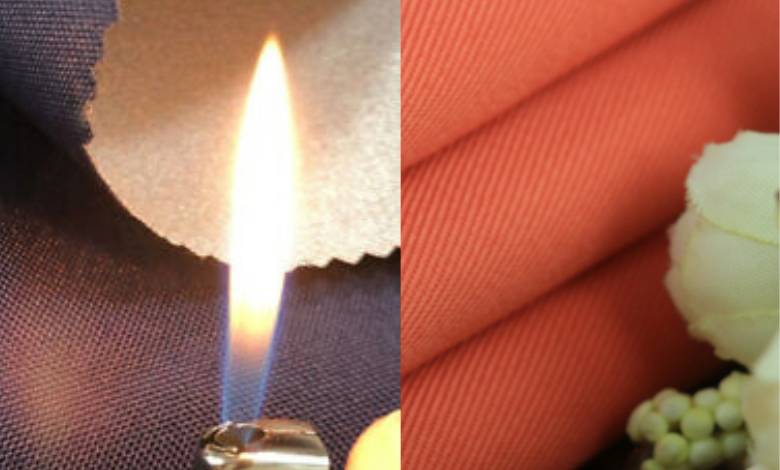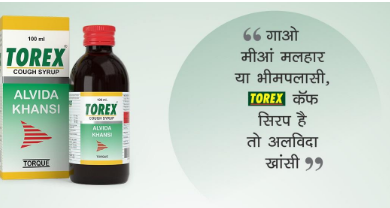How Heat resistant fabric prevent from heat?

What are heat resistant fabrics?
It’s a form of garment made from flame-resistant fabrics. Chemical coatings on these fibres may or may not be present. When this fabric, like all clothing, is exposed to flames, it darkens. The burning fabric separates the fabric, allowing the fire to be extinguished and the fire to be contained. Because there is nothing left to burn, the carbon layer acts as an insulator, and the fire gradually dies out. This heat resistant fabric or self-extinguishing cloth works effectively in fire-threatening conditions. The item will not discourage someone who has been wearing flames for a short time; the burning cycle will finally finish.
These fire-resistant textiles provide excellent fireproof materials, textiles, and protective gear, and their use in fire safety is growing. Furthermore, using heat-resistant fabric in everyday life is safer. Some industries and professions, such as firefighting, necessitate the use of heat-resistant fabrics. Fireproof textiles are also ideal for indoor and outerwear materials since they protect hot buildings from burning or scorching. Better external shielding also improves radiation and heat protection. Employees may put their confidence in their jobs and execute to the best of their abilities without jeopardising their lives.
Fabrics composed of heat-resistant natural fibres
They are ideal for usage in the vicinity of fire and heat since they are both comfortable and safe. Cleaning some materials might also result in colour loss. However, because this type of flame-resistant fabric is light, it is easier to work in without risk of getting burned by potentially hazardous or hot chemicals. Hot and humid circumstances may easily inspire these lightweight, robust, heat resistant fabrics. This is especially important since the worker has to relax and breathe in order to prevent becoming tired, and this fabric helps them to do so.
It does not, however, sustain the thin structure of the heat resistant cloth or break down heat energy transfer by the molten metal. Because they do not have a chemical surface, these fabrics have a longer lifespan and do not lose their FR properties after being washed repeatedly.
Heat-resistant fabric that has been treated
As the above information shows, these safety garments provide excellent fire protection as well as protection against melting metals. Other textiles lack the strength and safety that these protective materials require to justify their higher cost. These fabrics, on the other hand, aren’t particularly durable or reliable, and they won’t last long once they’ve been washed and dried. Bleaches and detergents may compromise the molecular safety of heat resistant materials when washed and cleaned. In addition, eliminating the chemical layer would make these FR compounds less safe.
Finally, the client’s needs decide the best option for these fabrics. The fabric to be chosen is determined by the client’s preferences as well as the work environment. Because the type of heat resistant fabric you’ll require depends on the environment, it’s critical to consider how you’ll utilise this flame-resistant material. Although chemicals are commonly employed in fire retardant textiles, these materials cannot be utilised to produce masks. Breathing these materials may induce lung harm due to their chemical coats.
What is the best way to test these fabrics?
Identification is aided by their resistance to combustion, flames, and heat. To assess the flame-resistant fabric’s defensive qualities, many laboratory investigations are conducted to mimic real-world scenarios. The outcome defines the fabric’s condition and certifies that the heat resistant cloth meets safety standards; the criteria for each fabric component are known. When selecting a fire-resistant fabric, follow these tips to guarantee that your money is well spent.
The homogeneity of these textiles, as well as the rate of combustion in the cloth, will be determined in labs. To extend the life of the flame-resistant material, they routinely burn with a wood or gas fire.
Deduction
The underlying fabric is simple to handle and does not shrink when cleaned, even if the fireproof fabric is weaker. Understanding the information on the tags behind the collar is critical. The bleach and detergent chemicals produce a chemical coating on the heat-resistant cloth, lowering its heat resistance. The material begins to disintegrate and the FR properties fail when exposed to intense heat or fire.
It might be tough to know if flame retardant materials are right for you. However, conducting a workplace audit is the only approach to address the underlying problem. It is entirely up to you to select the type of flame-resistant cloth that best suits your requirements. Natural materials are lighter than treated heat resistant cloth, however they provide less direct flame resistance. On the other side, treated textiles contain more needed protective chemicals but no irreversible chemical compounds. You must decide whether to do what you desire or nothing at all. Select your flame-resistant cloth with caution and caution




